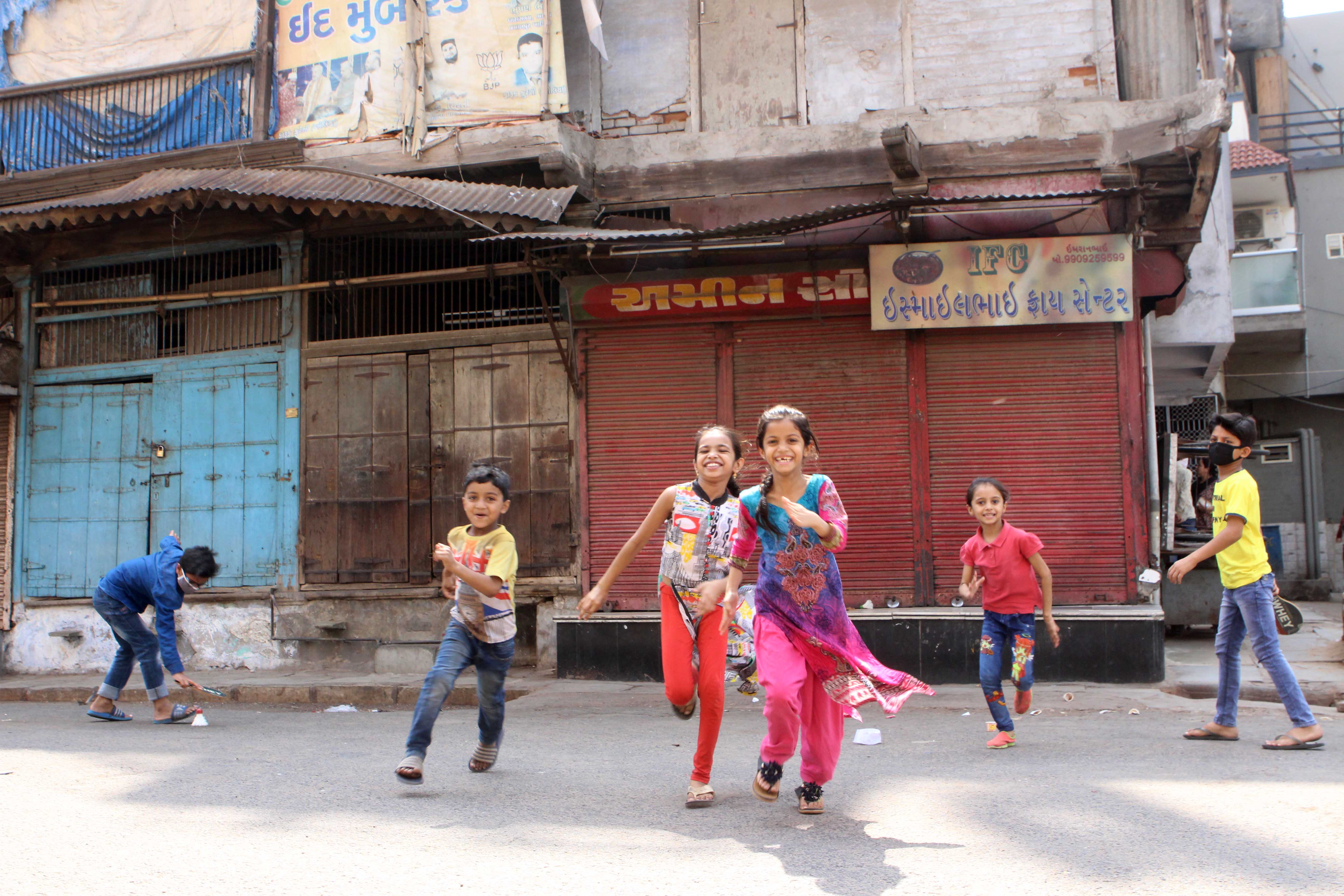Gandhinagar:
The overall sex ratio in Gujarat stands at 955 females per 1,000 males as per
the latest National Family Health Survey (NFHS)-5, revealed the data tabled in
the house on Friday.
In an unstarred question
asked by Thasra MLA Kanti Parmar, regarding the sex ratio of the state with
district wise break-up, health minister Nitin Patel gave a written reply stating
that the birth rate in the state is 18.03 and the sex ratio is 955 in the
state.
It has been found that urban
areas in the state tend to have greater imbalanced ratio as compared to the
rural areas. Anand district which has a huge non-resident India population has the
lowest male-female ratio at 726 females per 1,000 males. The highest ratio
was reported in Bhavnagar where there are 1,192 females per 1,000 males.
Among other districts having
the worst Child Sex Ration(CSR) are Mehsana (742), and Gandhinagar (766). There
are a total of eight districts having a healthy CSR. Tapi districts has 1,185
female per 1,000 males followed by Dangs (1,143), Bharuch (1,112), Rajkot
(1049), Porbandar (1,045), Dahod (1,013), and Navsari (1,006).
The health minister informed
the house that social beliefs were the reason for the huge difference in the
male-female ratio. The government stated that to improve the ratio the
government is conducting extensive mass awareness campaigns and implementing
strictly the female foeticide prevention act.
Interestingly, Dahod district
has the highest birth rate of 28.2 while Tapi district has the lowest birth
rate at 10.4.

